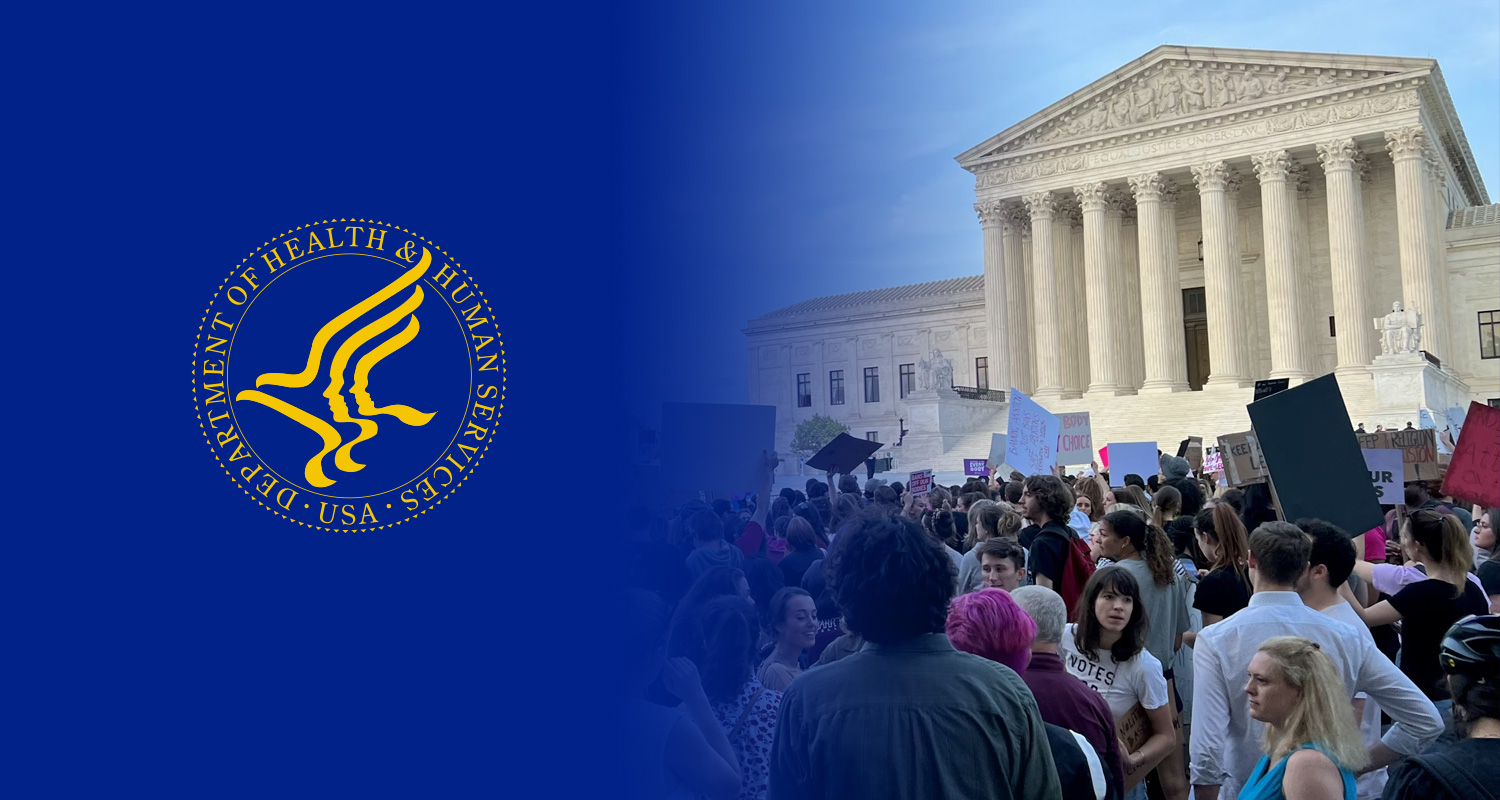
San Francisco Health Care Security Ordinance (HCSO) requires Covered Employers to spend a certain amount on Covered Employees’ healthcare. The HCSO has a separate set of rules for self-insured plans that differ from how fully insured plans are treated.
For employers with self-insured plan(s), the average amount spent per hour on health care at the end of the plan year must meet the amounts required under HCSO, or the employer may need to pay any difference to the City Option by the last day of February (February 28th or February 29th) of the following year. Employers can determine their average hourly spend by looking at the plan’s total claims paid for the year plus other related fees (such as stop loss) and dividing it by the total hours worked by employees enrolled in the plan. See below for more details on the relevant HCSO regulations.
What are the HCSO rules for self-insured employers?
The HCSO office implemented new rules for self-insured employers in late 2017. The new rules address expenditure calculation methods for self-insured employers as described in Rules 5.9 and 5.10. The major change to the rules is that the “COBRA equivalent rate” for a self-insured health plan may no longer be used to determine whether a Covered Employer has met the spending requirement.
Instead, employers must look at actual claims and expenses that were paid under the plan during the calendar year. If the average expenditure per plan, per year is less than the expenditure requirement for HCSO, additional contributions may be required per Covered Employee enrolled in that plan. Please note that an employer can include actual amounts spent for Covered Employees (and their dependents) such as premiums for dental and vision, or other irrevocable expenditures (such as HSA contributions). For more information, please visit the official HCSO website.
What is the employer spending requirement?
The amount that is required to be spent on each employee is dependent on the size of the company and the number of hours an employee works. The HCSO rates for the 2019 calendar year are as follows:
| Employer Size | Expenditure Per Hour Payable | Monthly Max Expenditure (172 hours/month) |
| Small (0-19) | Exempt | Exempt |
| Medium (20-99) | $1.95 | $335.40 |
| Large (100+) | $2.93 | $503.96 |
How can an employer calculate a plan’s average expenditure rate?
To be compliant, the employer must demonstrate that the year’s average hourly expenditures meet or exceed the HCSO expenditure rate per employee ($1.95/hour for a medium employer and $2.93/hour for a large employer).
The average hourly health care expenditure that was made for a self-insured plan is calculated by dividing the total amount of health care expenditures for the plan by the total number of hours payable of employees enrolled in the plan (capped at a maximum of 2,064 hours per year).
Total amount of health care expenditures: To calculate total expenditures, an employer may use total claims paid for health care services (such as medical, dental, or vision premiums), irrevocable healthcare contributions (HSA), and certain types of fees (such as stop loss). Employers may reach out to the OLSE at hcso@sfgov.org for more information on the types of fees that may be used in the calculation.
Total hours payable: To calculate total number of hours payable, an employer should total the hours that employees enrolled in the plan worked that year. For full time employees, employers should only attribute up 2,064 hours per year (the maximum number of annual hours under HCSO). The employer should also include paid vacation and sick time hours.
Important Note: The employer has the option of calculating the average plan expenditure by including the expenditures and hours payable for all employees enrolled in the plan (including employees that are not covered under HCSO) or only including the expenditures and payable hours of Covered Employees.
What if the plan’s average expenditure rate falls below the HCSO required expenditure?
If the plan’s average hourly expenditure rate falls below the required HCSO rate, Covered Employers would need to “top-off” any shortfall expenditures (if needed) by the last day of February of the following year (in this case, February 29, 2020). This top-off would generally be made to the San Francisco “City Option.”
See below for an example of when a large Covered Employer would need to make a “top up” expenditure to the City Option. Here, the employer only used the total claims paid and hours payable for the 25 Covered Employees in the plan to run their calculations.
| Total Claims Paid for Covered Employees by Employer | Total Payable Hours | Average Hourly Expenditure | Compliance with Requirement |
| $120,000 | 25 employees x 2,064 hours= 51,600 hours | $120,000/51,600 hours= $2.33/hour | $2.33 does not meet the 2019 large employer rate of $2.93/hour |
This employer would need to make an additional $0.60 per hour payable for each Covered Employee under this self-insured plan because the plan’s average hourly expenditure of $2.33 falls below the $2.93 HCSO required expenditure.
Employer Action Items:
- Employers should check in to see how their plans have been running throughout the year to determine if expenditures might be owed by the end of February.
- Employers should reach out directly to the HCSO office at hcso@sfgov.org if they have specific questions about their plans or how to comply with the new rules.
- Sign up for future HCSO emails to stay up to date on the rules.
Sequoia Clients Only: Your Client Service Manager will be reaching out to you in January with annual paid claims data that will help you with your calculations.
Additional Resources:
The information and materials on this blog are provided for informational purposes only and are not intended to constitute legal or tax advice. Information provided in this blog may not reflect the most current legal developments and may vary by jurisdiction. The content on this blog is for general informational purposes only and does not apply to any particular facts or circumstances. The use of this blog does not in any way establish an attorney-client relationship, nor should any such relationship be implied, and the contents do not constitute legal or tax advice. If you require legal or tax advice, please consult with a licensed attorney or tax professional in your jurisdiction. The contributing authors expressly disclaim all liability to any persons or entities with respect to any action or inaction based on the contents of this blog.



